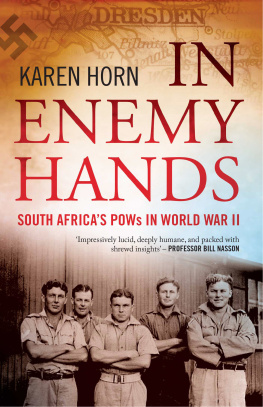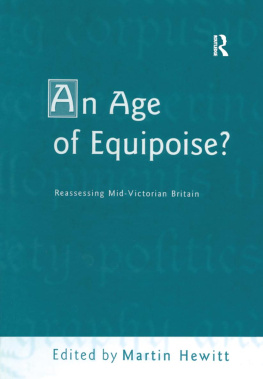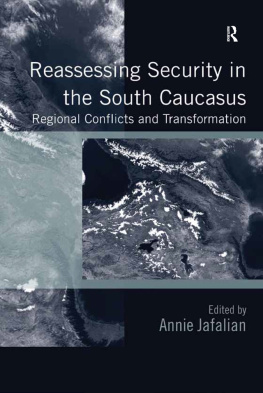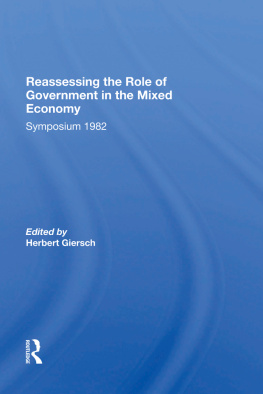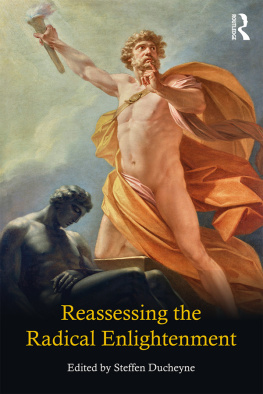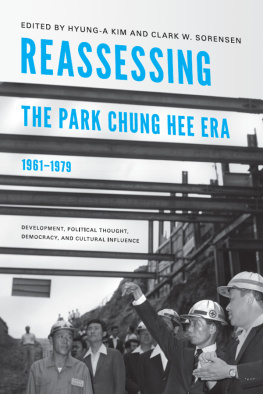Published by Louisiana State University Press
Copyright 2018 by Karen L. Cox and Sarah E. Gardner
All rights reserved
Manufactured in the United States of America
First printing
DESIGNER: Michelle A. Neustrom
TYPEFACE: Chaparral Pro
PRINTER AND BINDER: Sheridan Books, Inc.
LIBRARY OF CONGRESS CATALOGING-IN-PUBLICATION DATA
Names: Cox, Karen L., 1962 editor. | Gardner, Sarah E., editor.
Title: Reassessing the 1930s South / edited by Karen L. Cox and Sarah E. Gardner.
Description: Baton Rouge : Louisiana State University Press, [2018] | Includes bibliographical references and index.
Identifiers: LCCN 2017040225| ISBN 978-0-8071-6921-6 (cloth : alk. paper) | ISBN 978-0-8071-6922-3 (pdf) | ISBN 978-0-8071-6923-0 (epub)
Subjects: LCSH: Southern StatesCivilization20th century. | Southern StatesHistory18651951.
Classification: LCC F215 .R425 2018 | DDC 975/.04dc23
LC record available at https://lccn.loc.gov/2017040225
The paper in this book meets the guidelines for permanence and durability of the Committee on Production Guidelines for Book Longevity of the Council on Library Resources.

Editors Introduction
KAREN L. COX AND SARAH E. GARDNER
T his collection of essays reassesses the South during the 1930s, a decade when the regions problems magnified those of the nation more broadly. At that time the Souths literature and music flourished to give the Jazz Age its name and American letters new international purchase and resonance. Capitalist institutions, which had experienced tremendous expansion in the previous decade, teetered on the brink of collapse, and the democratic promise of America was extended to include many whom it had previously ignored and was ruthlessly and violently denied to others to whom it had long been foreclosed. Critics lamented the crassness and hollowness of American culture as well as celebrated many of the most significant cultural triumphs of the twentieth century. These developments played out against a backdrop of wrenching eventsoften spectacularly, and tragically, in the South.
Despite the decades complex and contentious development, the popular image of the South is limited by an artificial binary that at once simplifies and distorts the regions place in the nation. Americans had grown so accustomed to the rhetoric of boundless opportunity in the 1920s that the Depression shook their confidence. In response, there was a desire to better understand all things American. The increased popularity of historical fiction, with weighty tomes such as Drums Along the Mohawk and Northwest Passage leading the way, is one manifestation of this impulse. The work of the Federal Writers Projectwith its life stories project, its State Guide Book series, and its collections of American folklorewas another. Yet none of these was as compelling to Americas cultural consumers as those efforts that romanticized the region that seemed to embrace the countrys pastoral traditions, the American South. Especially strong was the pull of the Deep South, a region of rustic landscapes that, despite its own social and economic problems, had held fast to an uncomplicated and preindustrial past often represented in popular culture by images of the antebellum South.
To say that Americans in the 1930s were fascinated by the idea of the Old South would be an understatement. This fascinations long history extended back to the antebellum era, when plantation novels came into vogue. As scholarly works by Jennifer Rae Greeson, Jeremy Wells, and K. Stephen Prince have recently documented, the popularity of plantation settings remained consistent throughout the century and was key to the success of Joel Chandler Harriss Uncle Remus tales. Stories of the Old South were also made into popular songs; Americans tapped their toes to Stephen Fosters plantation melodies Swanee River and Old Black Joe. In the early years of the twentieth century, the countrys enchantment with the Old South reappeared in the Dixie songs of Tin Pan Alley, some of which were penned by such well-known composers as Irving Berlin and George Gershwin. The fascination with the Old South was also evident in modern advertising, which made Aunt Jemima one of the most recognizable advertising icons of the twentieth century.
Novels based on the plantation legend achieved popularity again during the 1930s. Among them were Stark Youngs So Red the Rose, published in 1934 and set in Natchez, and, of course, Margaret Mitchells Civil War epic Gone with the Wind, published in 1936. Films of the 1930s drew heavily from successful novels and plays as Hollywood, too, capitalized on the nostalgia surrounding the Deep South. In Music in the Old Bones: Jezebel through the Ages, Janet Howe Gaines estimates that there were seventy-five films set in the Old South during the decade. Beginning with River of Romance in 1930, to the highly successful Shirley Temple films The Littlest Rebel and The Little Colonel, both made in 1935, to film versions of So Red the Rose and Gone with the Wind, themes of the Old South proved their profitability with film audiences. It was as if all of American mass culture had conspired to sell the country on the romance and nostalgia of the Old South.
Although the sentimentalized image of the Old South was ascendant during the 1930s, it faced stiff competition from grotesque images of the Problem South, as Natalie J. Ring and Angie Maxwell have shown. Challenging the dashing cavaliers, hoop-skirted belles, and faithful retainers were images of slack-jawed, pellagra-ridden, and morally and biologically stunted sharecroppers, depictions made popular by Erskine Caldwell, Margaret Bourke-White, and others. Rather than invite Depression-era consumers to participate in the fantasy of an Old South that never was, the pathologized South allowed those same consumers to see the region as the nations whipping boy, the source of all its current ills. Even at the time, the nations tastemakers knew that neither image was the South. But they also knew what appealed to a consuming public that hungered for simplicity and escape from the woes brought on by the Great Depression. As the nation faced its most significant crisis since the Civil War, its inhabitants needed a focal point on which to fix their attention. Whether genteel or violent, opulent or impoverished, the South became the region that at once embodied the nations fantasies and gave rise to its worst nightmares. Today, a lucrative tourist industry that capitalizes on Katrina tours and plantation weddings, and a savvy entertainment industry that turns out Swamp People and Snake Salvation as well as Sweet Home Alabama, testify to the continued cultural currency of images of the pathologized and romanticized South.
This book of essays, therefore, offers an opportunity to reexamine the South of the 1930s by exploring the broader contours of travel, literature, theater, and the visual arts, in addition to more nuanced explorations of race. These essays also help us to better understand the regions rural identity, perceived and real, as well as how southerners grappled with modernity.

 BATON ROUGE
BATON ROUGE

